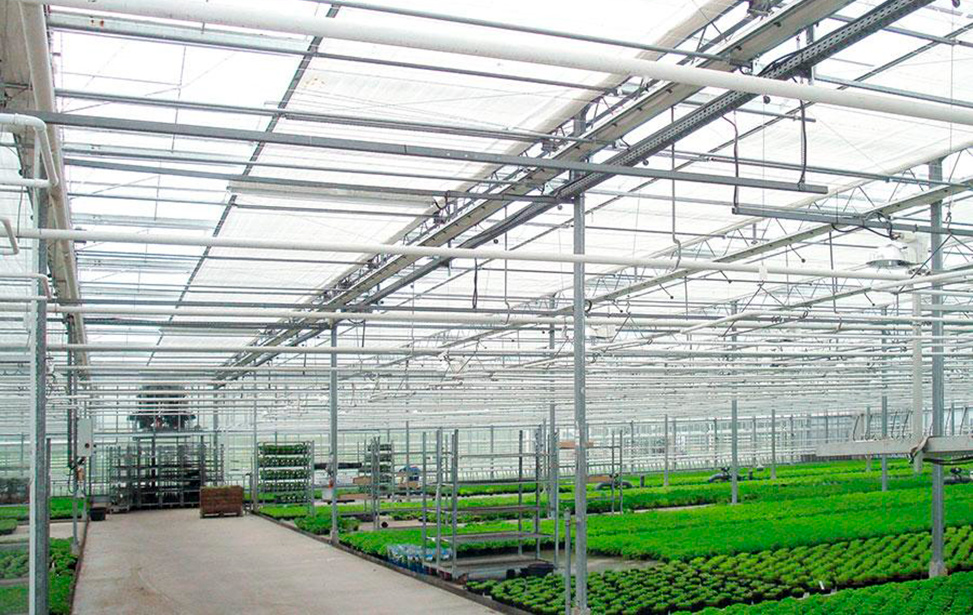Greenhouse cultivation of cherries on an industrial scale is a novel concept in Russia, though it has proven successful in parts of the European Union, Argentina, and Chile. These countries have harnessed greenhouse technology to mitigate the risks that traditional open-field cherry farming faces, such as late spring frosts, unpredictable weather patterns, and pest infestations. With climate change increasingly impacting crop yields, controlled-environment agriculture has emerged as a promising solution.
The cherry greenhouse in Rostov will cover an area of one hectare, equipped with advanced climate control and irrigation systems. These technologies will create an optimal environment for cherry trees, ensuring stable temperatures and humidity levels throughout the year. The controlled setup will also protect cherries from frost damage, a common problem in early spring that has previously hindered yields.
The Economic and Agricultural Impact
The investment of 150 million rubles signals a major economic commitment to the future of fruit farming in Russia. By adopting greenhouse technology, the Rostov region could set a precedent for other agricultural hubs in the country. In addition to improving fruit quality and increasing yield stability, greenhouse cultivation could extend the cherry harvesting season, providing Russian consumers with fresh, locally grown cherries for a longer period.
Moreover, there is significant export potential. High-quality cherries are in demand globally, particularly in European and Asian markets. If successful, this project could position Russia as a new player in the international cherry market, reducing the need for imports and boosting the local economy.
Comparing Global Practices
Countries like Spain, Italy, and Turkey have been leaders in cherry production for years, partly due to their favorable climates. However, even these regions face climate challenges that greenhouse technology is helping to overcome. In Argentina and Chile, greenhouse farming has become a critical strategy for producing cherries that meet export quality standards, as the controlled environment reduces exposure to pests and diseases while ensuring consistent fruit size and taste.
Challenges and Opportunities
While the potential benefits are substantial, the implementation of greenhouse cherry farming in Russia comes with challenges. High initial costs, the need for specialized knowledge, and the complexity of maintaining precise environmental conditions are some of the obstacles farmers may face. Nevertheless, government support and private investment are paving the way for innovation in the sector.
Another opportunity lies in research and development. By monitoring the performance of the cherry greenhouse, scientists and agricultural engineers can gather valuable data to optimize greenhouse conditions and potentially expand the model to other fruit crops.
The construction of Russia’s first industrial-scale cherry greenhouse in the Rostov region represents a bold step forward for the country’s fruit farming industry. If successful, it could set a new standard for agricultural innovation, protecting crops from climate threats and boosting economic returns. As greenhouse technology becomes more accessible, we may see a broader transformation in how fruit is grown across Russia, ensuring food security and market competitiveness for years to come.










